The Discipline of Organizing: Professional Edition. 4th Edition
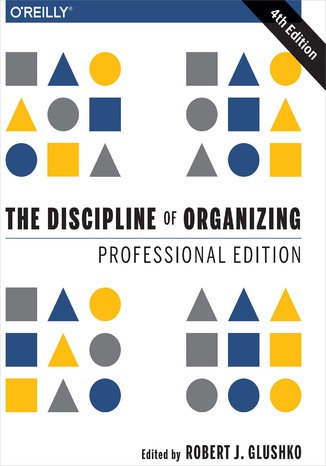

- Wydawnictwo:
- O'Reilly Media
- Ocena:
- Stron:
- 630
- Dostępne formaty:
-
ePubMobi
Opis
książki
:
The Discipline of Organizing: Professional Edition. 4th Edition
We organize things. We organize information, information about things, and information about information. Organizing is a fundamental issue in many professional fields, but these fields have only limited agreement in how they approach problems of organizing and in what they seek as their solutions.
The Discipline of Organizing synthesizes insights from library science, information science, computer science, cognitive science, systems analysis, business, and other disciplines to create an Organizing System for understanding organizing. This framework is robust and forward-looking, enabling effective sharing of insights and design patterns between disciplines that weren't possible before.
The 4th edition of this award-winning and widely adopted text adds content to bridge between the foundations of organizing systems and the new statistical and computational techniques of data science because at its core, data science is about how resources are described and organized. The 4th edition reframes descriptive statistics as organizing techniques, expands the treatment of classification to include computational methods, and incorporates many new examples of data-driven resource selection, organization, maintenance, and personalization.
The Professional edition remains the definitive source for advanced students and practitioners who require comprehensive and pinpoint connections to the classic and contemporary literature about organizing. Dozens of new citations and endnotes for the new data science material bring to 12 the number of distinct disciplinary perspectives identified in the book.
Wybrane bestsellery
Dzięki opcji "Druk na żądanie" do sprzedaży wracają tytuły Grupy Helion, które cieszyły sie dużym zainteresowaniem, a których nakład został wyprzedany.
Dla naszych Czytelników wydrukowaliśmy dodatkową pulę egzemplarzy w technice druku cyfrowego.
Co powinieneś wiedzieć o usłudze "Druk na żądanie":
- usługa obejmuje tylko widoczną poniżej listę tytułów, którą na bieżąco aktualizujemy;
- cena książki może być wyższa od początkowej ceny detalicznej, co jest spowodowane kosztami druku cyfrowego (wyższymi niż koszty tradycyjnego druku offsetowego). Obowiązująca cena jest zawsze podawana na stronie WWW książki;
- zawartość książki wraz z dodatkami (płyta CD, DVD) odpowiada jej pierwotnemu wydaniu i jest w pełni komplementarna;
- usługa nie obejmuje książek w kolorze.
Masz pytanie o konkretny tytuł? Napisz do nas: sklep@onepress.pl
Książka drukowana


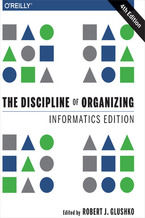

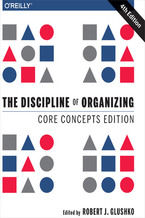








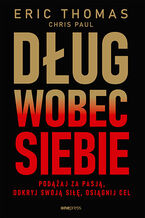

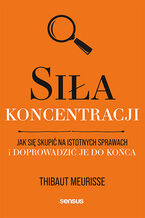









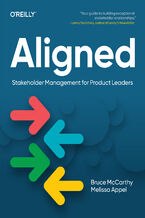

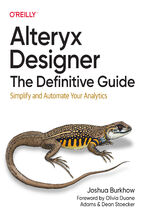
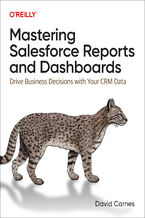

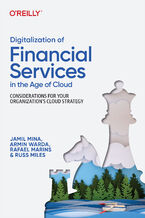


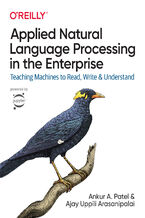
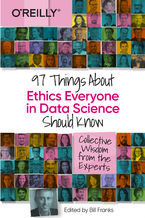
Oceny i opinie klientów: The Discipline of Organizing: Professional Edition. 4th Edition Robert J. Glushko (0) Weryfikacja opinii następuje na podstawie historii zamowień na koncie Użytkownika umiejszczającego opinię.
Weryfikacja opinii następuje na podstawie historii zamowień na koncie Użytkownika umiejszczającego opinię.